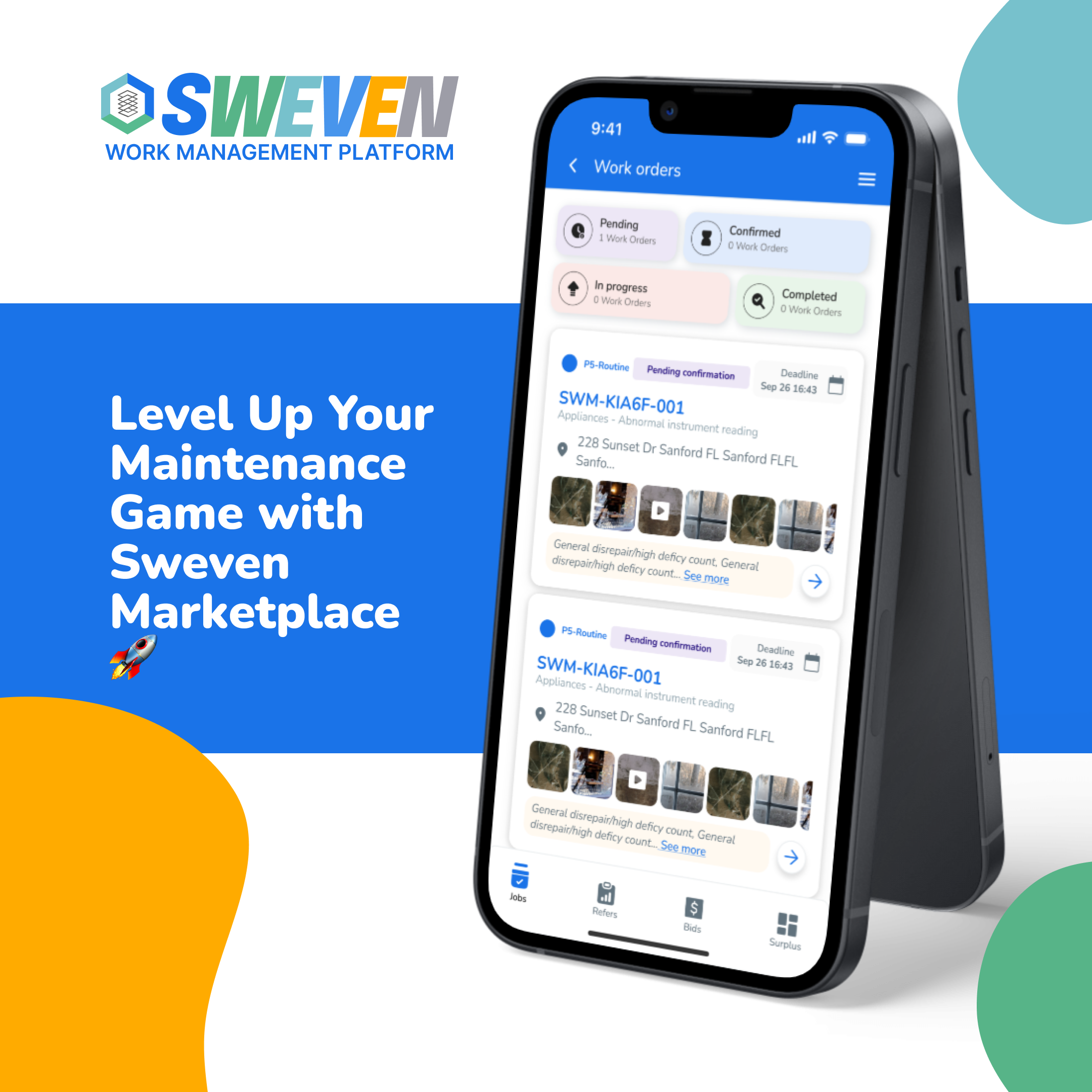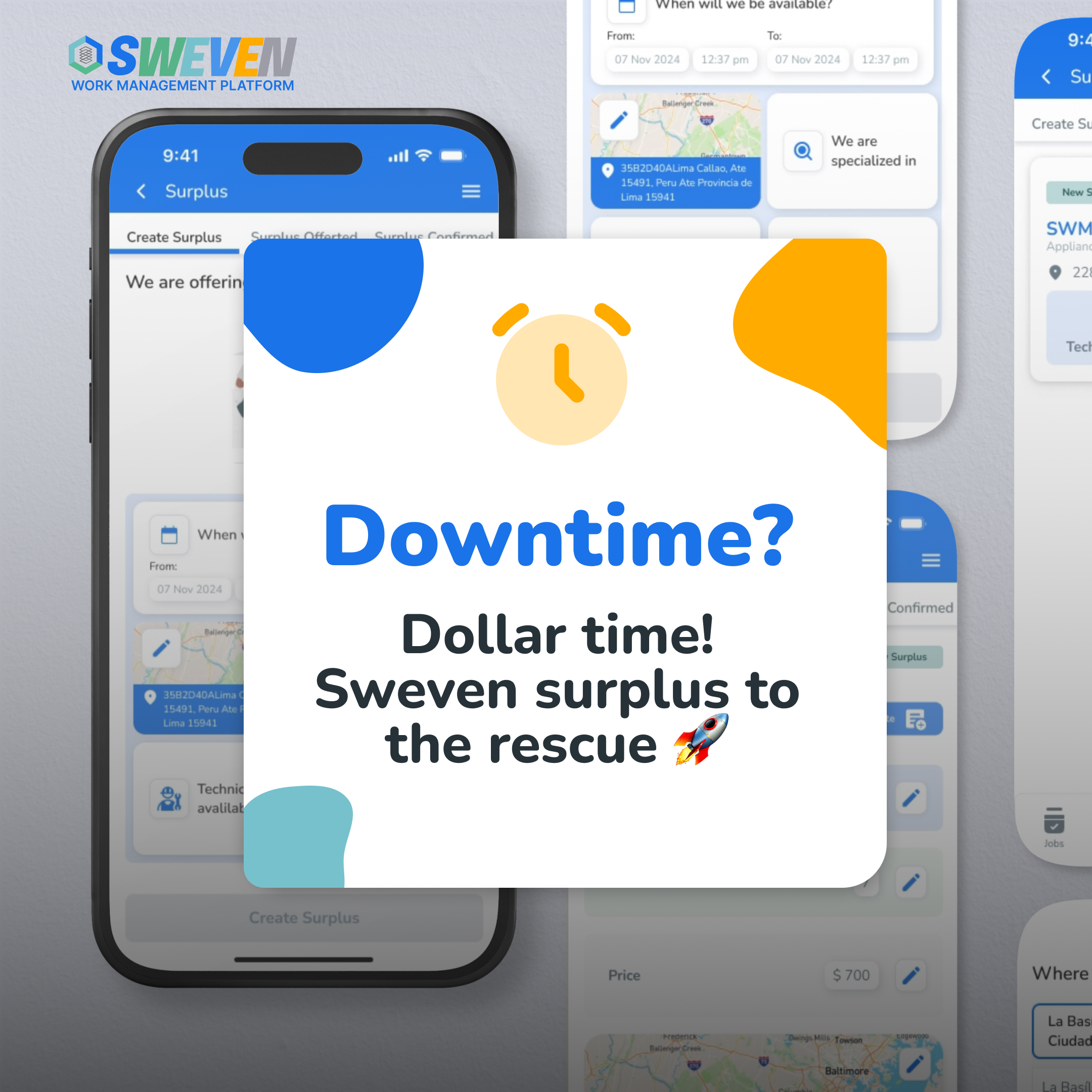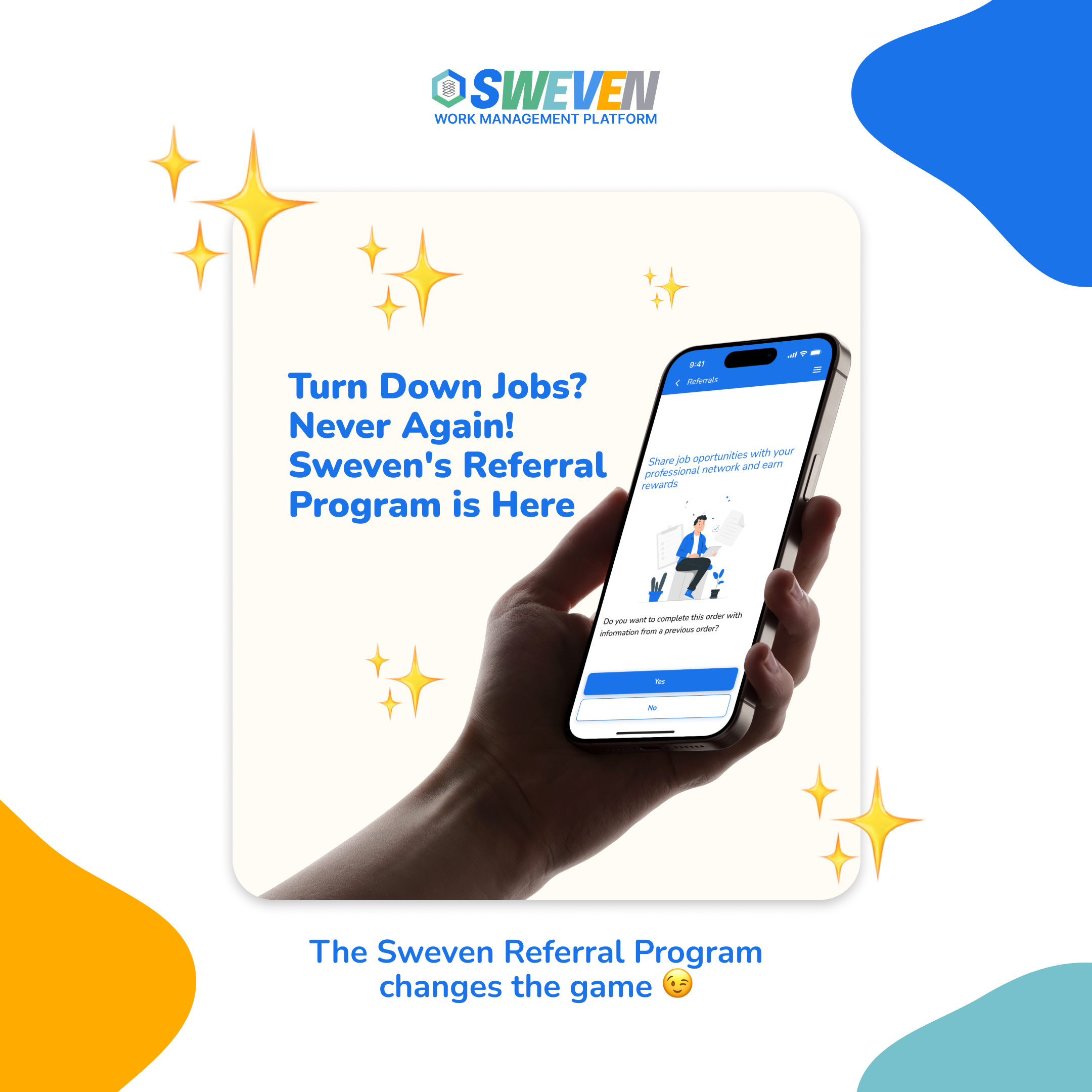Successful facilities maintenance contract management requires excellent performance and proactive industry trend adaptation to simplify client operations. Many maintenance vendors lose money and contracts along with future opportunities through mistakes they do not know they are making.
To win more business and develop stronger client relationships as a vendor you must avoid these five critical mistakes. In this blog, we will review each mistake and describe how you can resolve them before losing future business opportunities
1. Inconsistent Service = Lost Contracts
Nothing erodes trust faster than a compliance issue. Facility managers count on vendors to follow safety protocols in facility management, stay on top of licensing requirements for maintenance vendors, and meet industry regulations without fail. One missed OSHA update or a failed safety inspection could mean losing a contract—sometimes instantly.
How to Fix It:
- Stay informed by subscribing to industry alerts and newsletters (like OSHA, NFPA, or ASHRAE) so you’re never caught off guard.
- Use compliance tracking software to keep up with deadlines, documentation, and required training—it takes the guesswork out of staying compliant.
- Train your team regularly to ensure they’re following best practices and fully understand what’s expected.
💡 Why It Matters: Compliance isn’t just a box to check—it’s a major priority for facility managers. In fact, 56% of them say it’s one of their biggest challenges (FacilitiesNet). If you make compliance easy for them, you’re not just another vendor—you’re a trusted partner they don’t want to lose.
2. Not Integrating with Facilities Management Software
The majority of clients track work orders, keep an eye on vendor performance, and streamline operations using a facilities management software integration. You are causing inefficiencies and giving customers an excuse to move vendors if you continue to use antiquated communication tools or manual tracking.
How to Fix It:
- Connect with the client’s systems: Select a CMMS integration (such as UpKeep, Fiix, or eMaint) that integrates with the platform of your client.
- Automate work updates: Create automated work order progress alerts to avoid missed requests and delays.
- Give clients access to real-time data sharing; they value openness. Make performance metrics-tracking reports and analytics available to them.
☆ Choose a CMMS maintenance tool that links with your client’s system.
🔎 Case Study: A national property management firm reported a 23% reduction in vendor-related service delays after requiring all maintenance vendors to integrate with their CMMS.
3. Relying Only on Reactive Maintenance
It is expensive and ineffective to wait for things to break before fixing them. Longer contracts and greater value are offered by vendors who offer proactive maintenance services like predictive analytics and planned preventive maintenance.
How to Fix It:
- Provide plans for preventive maintenance to decrease unplanned malfunctions and increase the lifespan of equipment.
- Use IoT-enabled sensors to detect early signs of failure and notify clients before major repairs are needed.
- Inform customers of the advantages of cost savings: According to a McKinsey report from 2023, predictive maintenance lowers unplanned downtime by 45% and maintenance costs by 25%.
📌 Example: An HVAC vendor reduced emergency repair calls by 40% after introducing predictive maintenance plans that use IoT sensors to monitor temperature fluctuations.
4. Poor Communication and Vendor Collaboration
Delays, poor service, and unhappy consumers are the results of miscommunication. Vendors who don’t clarify service expectations or give timely updates run the risk of losing business to more receptive competitors.
How to Fix It:
- Notify clients of work order progress by using automated maintenance notifications for delays or completed tasks.
- Notify clients of work order progress, delays, or finished tasks by using automated alerts.
- Plan frequent check-ins to make sure you’re meeting the needs and expectations of your clients.
🔍 Key Stat: According to a Facilities Management Journal report, 65% of facility managers cite poor vendor communication as a primary reason for contract termination.
5. Failing to Adapt to New Technology
Customers expect vendors to stay up to date with the latest technological developments as smart buildings become more popular. Vendors who disregard energy management systems, automation tools, and IoT-based maintenance run the risk of falling behind.
How to Fix It:
- Use IoT energy management tools to assist customers in cutting expenses and optimizing resource usage.
- Install smart sensors to monitor equipment performance and anticipate malfunctions before they happen.
- Make proactive maintenance recommendations to clients and increase service efficiency by utilizing data-driven insights.
📈 Industry Insight: The global smart building market is expected to grow to $127.9 billion by 2027, highlighting the increasing demand for vendors who incorporate IoT in facility management solutions.
The Bottom Line
If you’re losing jobs to competitors, it’s crucial to understand the reasons behind it. To stand out in the facility maintenance industry, focus on enhancing service quality, effective communication, adopting new technology, smart pricing strategies, and efficient maintenance techniques. Consider strengthening your collaboration with vendors, improving your communication with clients, and implementing automated work order management systems. These improvements can provide you with a competitive edge and help you attract more business.
Don’t let avoidable mistakes cost you valuable contracts. Take control of your success by improving efficiency, communication, and technology. Ready to secure more jobs and stay ahead of the competition? Start optimizing your workflow today with smarter work order management and automation—because the right tools can make all the difference.
What Problem Is the Reader Trying to Solve?
The person reading this article is likely a facility manager, property manager, or maintenance vendor looking to avoid costly contract terminations and improve service delivery. Their main concerns include:
- How to maintain compliance and avoid penalties.
- Why contracts get terminated and how to prevent it.
- How to improve vendor performance and client satisfaction.
- What technologies and strategies top vendors use to stay competitive.
- How to integrate with facility management software and streamline operations.















